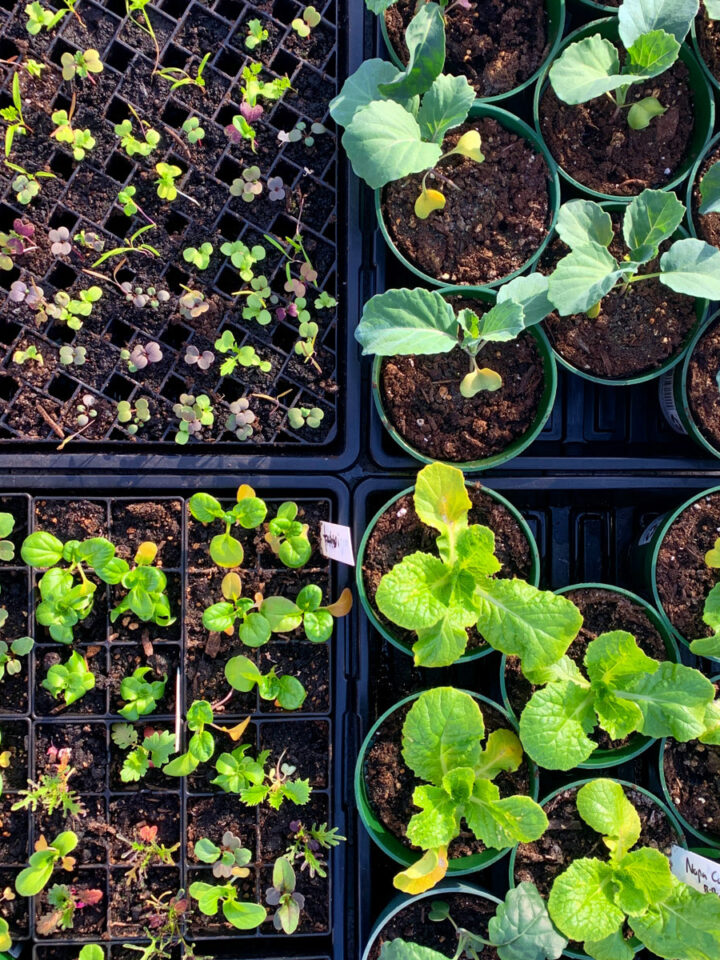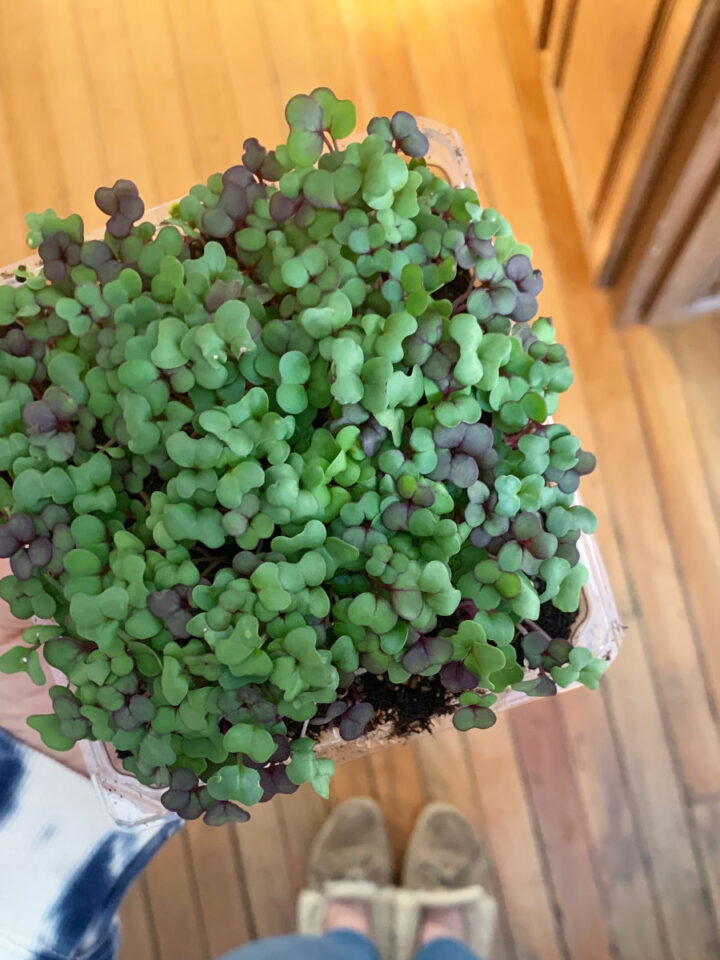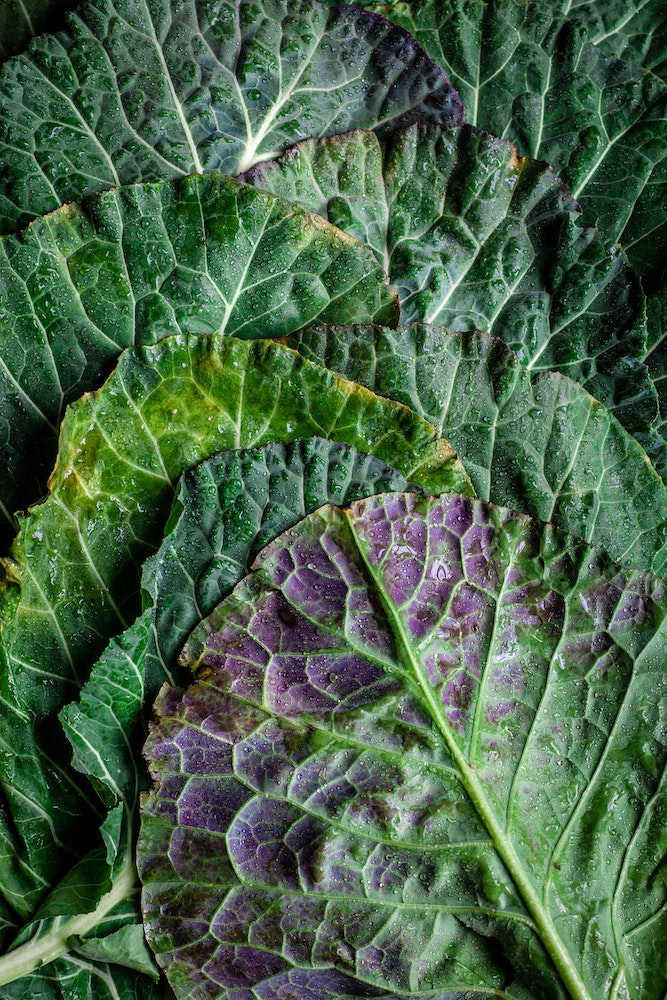Hello hello! You know the excitement that floods every cell in your body when you embark on a new passion project? I feel as though I’m about ready to jump out of my skin just thinking about our currently drab, dirty yard transformed into a lush edible garden. And now for the big reveal of the before pictures. I’ll take some more of the patio portion of the yard, but for now, here’s our barren little patch of dirt:
As you can see, the currently dirty yard itself is in pretty bad shape. We tried to put down some grass seed last spring but nothing ever really came from it — which I now know, due to a soil test, is because the soil is incredibly quick draining. Curious about the state of your soil? Perform this little test that I read about on Gro Edibles:
Soil Test
- Dig a hole about 1′ deep and fill completely with water, then let drain.
- Fill it up again and and measure the height of the water.
- Set a timer for 15 minutes and then measure the height of the water again.
- Subtract that measurement from the initial measurement, and multiply that number by 4 (to get inches per hour).
Results
When I did our test, 2 ¾ inches of water drained in 15 minutes — times 4, that’s 11 inches of water draining per hour. No wonder nothing grows there! This indicates that we have sandy dirt because it drains excessively. Less than 1 inch per hour means it’s likely very clay-based soil with poor drainage, meaning the dirt will stay wet for longer periods. The goal is 1 ~ 6 inches per hour — this means it is a loamy soil. Since we don’t have great soil, the idea is to create 2′ deep raised beds and place them on top of the existing soil to allow for enough of a root system to develop.
We’ll also likely be putting in a drip irrigation system, so as to not waste any water — that’s Kristian’s project, even if he doesn’t quite know it yet. 🙂
We may have to do some trimming of the trees to the left of the hammock to allow for more sun to hit the dirty yard throughout the day, but we’re waiting for a full space evaluation to see if that’s necessary or not.
In the meantime, we’re busy planning out what we’ll be planting this spring (Zone 10B), getting the compost and compost tea ready to rock, researching how to attract pollinators to the yard, and daydreaming about our first harvest.

![before california dirty yard [Front Yard Veggies] #droughttolerant #yard #californiayard #dirtyard #urbangardening #urbanfarming #beforeyard before california dirty yard](https://frontyardveggies.com/wp-content/uploads/2018/02/before_california_dirt_yard2.jpg)




Leave a Reply